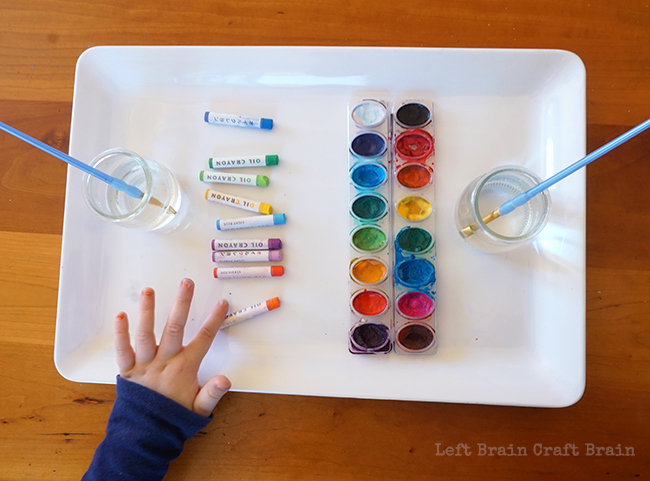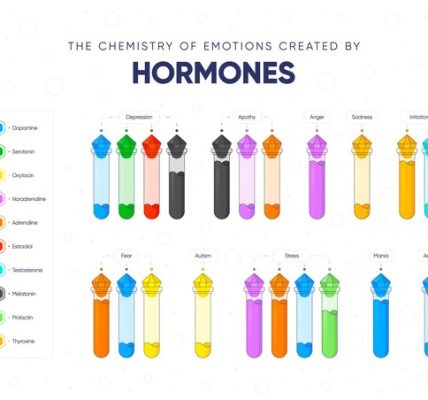Art and science, though seemingly distinct disciplines, intersect beautifully in the world of paint. The creation and application of paint involve a deep understanding of chemistry, which plays a vital role in the appearance, durability, and texture of the final artwork. This 1000-word article explores the fascinating science behind paint, delving into its composition, the chemistry of color, and the innovations that continue to transform this artistic medium.
1. Introduction to Paint Chemistry
Paint, at its core, is a mixture of pigments suspended in a binder or medium. This combination, when applied to a surface, leaves a thin layer of color. Understanding the chemistry of each component – pigments, binders, solvents, and additives – is crucial in determining the paint’s properties and behavior.
2. Pigments: The Color Providers
Pigments are finely ground particles that give paint its color. They can be derived from various sources:
- Natural Pigments: Historically, pigments were obtained from natural sources like minerals, plants, and animals. Examples include ultramarine (lapis lazuli) and ochre (iron oxide).
- Synthetic Pigments: Modern chemistry has enabled the creation of synthetic pigments, offering a broader range of colors and greater consistency. Titanium dioxide, for example, is a widely used white pigment.
Chemistry of Pigments
The color of a pigment arises from the wavelengths of light it absorbs and reflects. The molecular structure of the pigment determines its light absorption properties, thus influencing its color.
3. Binders: Holding Color in Place
The binder, or medium, is what suspends the pigment and adheres it to the canvas or surface. Different binders offer varying characteristics:
- Oil Paints: Use oil, typically linseed oil, as a binder. The drying process of oil paints involves oxidation and polymerization, creating a durable and flexible film.
- Acrylic Paints: Employ acrylic polymer emulsions as binders. They dry by water evaporation, followed by polymerization of the acrylic resin.
- Watercolors: Use gum arabic as the binder, with water as the solvent. They remain soluble after drying, allowing for blending and layering techniques.
4. Solvents: Adjusting Paint Consistency
Solvents are used to control the viscosity and flow of paint. In oil paints, organic solvents like turpentine are used, while water is the primary solvent in acrylics and watercolors. The choice of solvent impacts drying time and the interaction of paint with the canvas.
5. Additives: Enhancing Paint Properties
Various additives are incorporated to modify the paint’s properties:
- Driers: Speed up the drying process of oil paints.
- Stabilizers: Prevent pigment settling in the can.
- Preservatives: Extend the shelf-life by preventing microbial growth.
6. The Science of Drying and Curing
The drying of paint can be a physical or chemical process:
- Physical Drying: Involves the evaporation of solvent, as seen in acrylic and watercolor paints.
- Chemical Curing: Seen in oil paints, involves chemical reactions like oxidation and polymerization, leading to a hard film.
7. Lightfastness and Paint Stability
Lightfastness refers to the resistance of a pigment to fading when exposed to light. Chemical bonds in pigments can break down under prolonged light exposure, leading to fading. Advances in pigment chemistry have improved the lightfastness of modern paints.
8. The Impact of Environmental Factors
Environmental factors like humidity, temperature, and light influence the behavior and longevity of paint. High humidity can affect the drying process, while temperature fluctuations can cause expansion and contraction of the paint film, leading to cracking.
9. Historical and Cultural Significance of Paint
The chemistry of paint is not just a modern concern. Historical analysis of paint has revealed much about past cultures, their available resources, and technological advancements. The study of pigments in ancient artworks helps in dating and authenticating pieces.
10. Innovations in Paint Chemistry
Recent innovations in paint chemistry focus on sustainability and functionality:
- Eco-Friendly Paints: Developed to minimize environmental impact, using water-based formulations and natural pigments.
- Functional Paints: Include additives that provide additional functions, like anti-microbial properties or heat insulation.
11. Safety and Toxicity
Safety in paint production and use is paramount. Historically, many pigments contained toxic substances (e.g., lead in white paints). Modern regulations ensure the use of non-toxic alternatives and safe handling practices, particularly in commercial and residential paints.
12. Paint in Art Therapy
Paint is not just a medium for artistic expression but also a tool in art therapy. The sensory experience of mixing colors, the physical act of painting, and the visual pleasure of color are all aspects that contribute to the therapeutic benefits of mental health.











